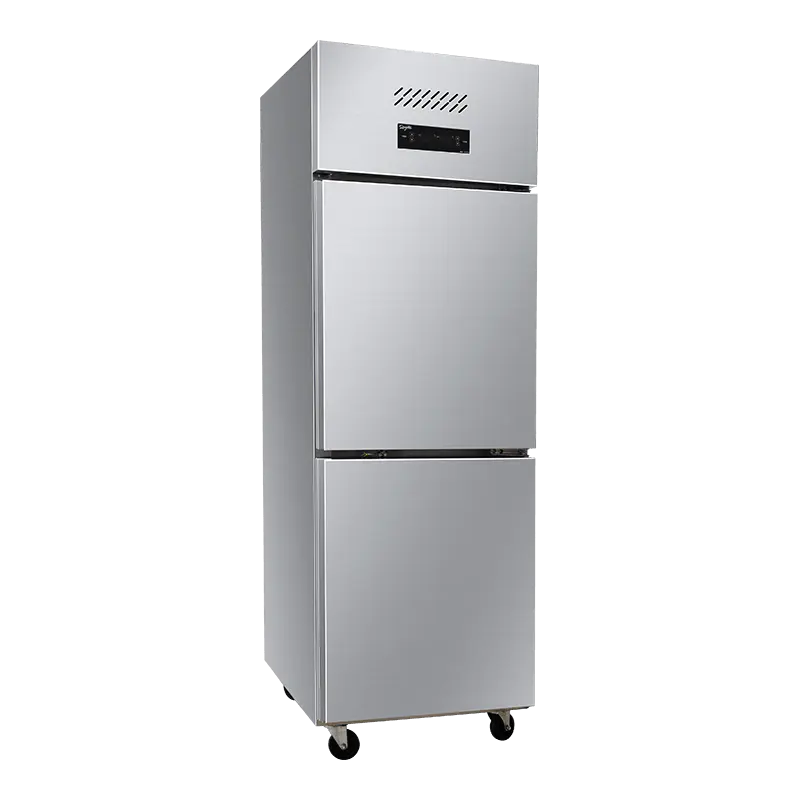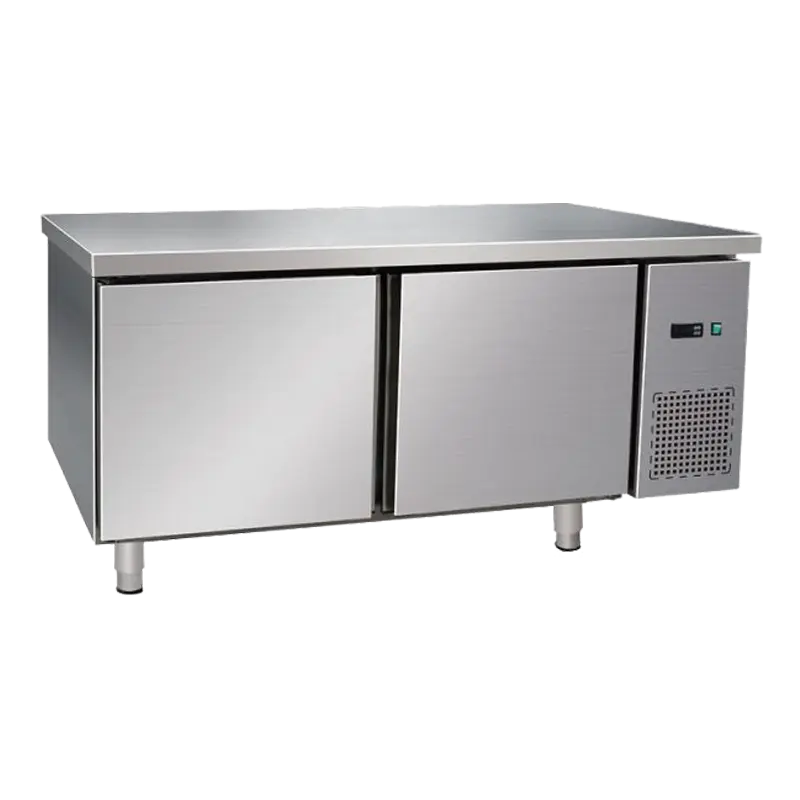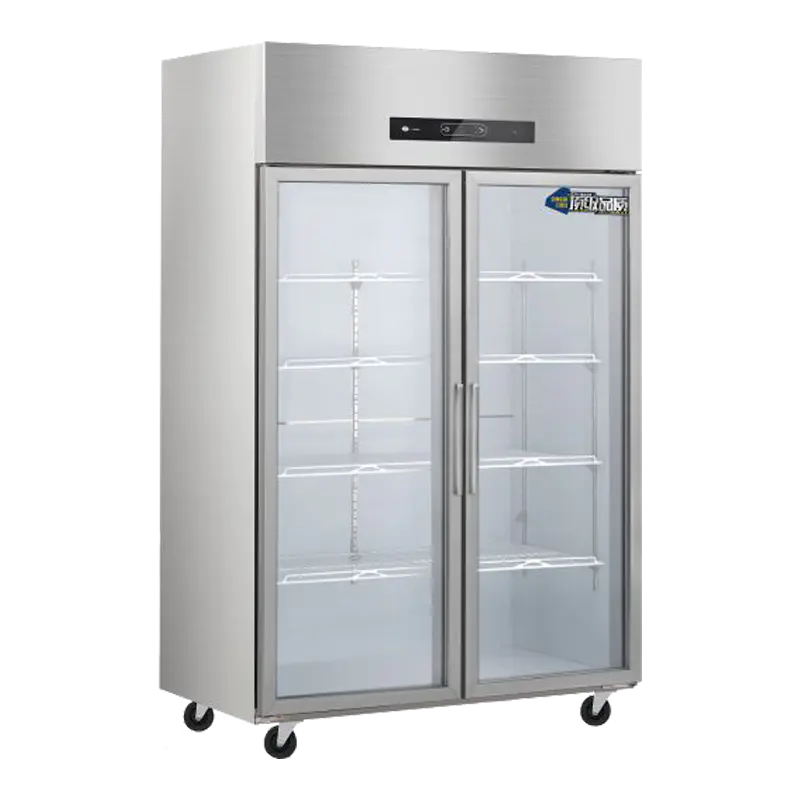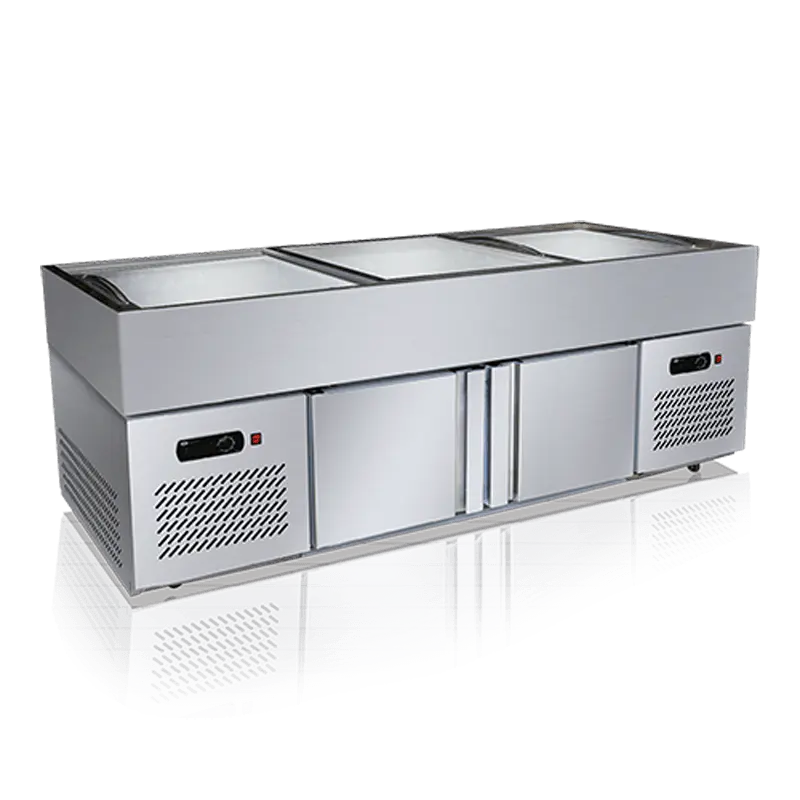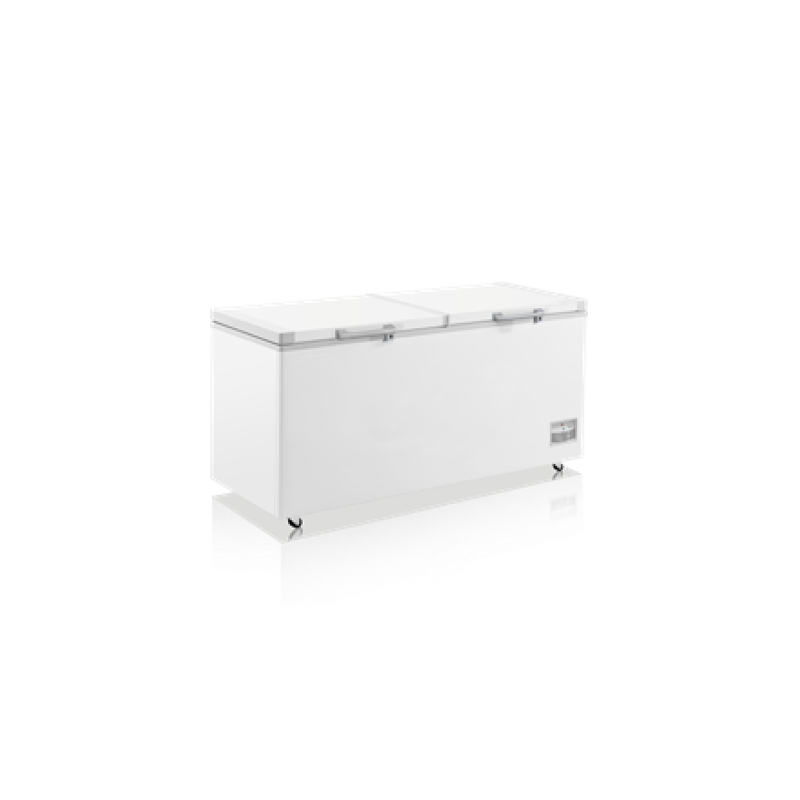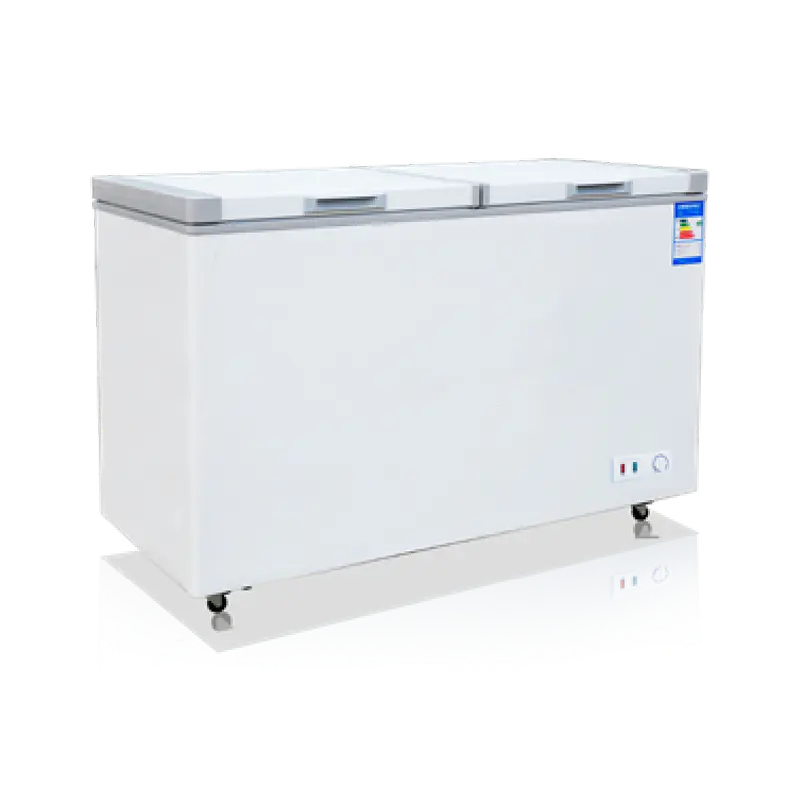In commercial kitchen environments, Commercial Kitchen Refrigerators not only bear the function of preserving and storing food, but also play a key role in ensuring food safety. In order to ensure that food is not contaminated and does not breed bacteria during the entire refrigeration process, and to meet international and local food safety standards, modern commercial kitchen refrigerators adopt a variety of food safety protection measures. The following is a detailed description:
1. Use of food contact grade materials
The internal structure of commercial kitchen refrigerators, including the inner tank, partitions, trays and other parts that are in direct contact with food, are usually made of food grade stainless steel (such as SUS304) or food grade ABS plastic. These materials have the following advantages:
Non-toxic and odorless, will not cause secondary contamination to food;
Strong corrosion resistance, suitable for high humidity environment;
Smooth surface and easy to clean, reducing the risk of bacterial growth.
2. Antibacterial coating treatment
Some high-end commercial refrigerators are coated with antibacterial coatings on the inner wall or door seal, which effectively inhibits the reproduction of common pathogens such as Escherichia coli and Staphylococcus aureus. This coating often uses silver ions or other natural antibacterial ingredients, which is safe and environmentally friendly and widely used in hospitals, schools, hotels and other places with extremely high hygiene requirements.
3. Intelligent constant temperature control and alarm system
Temperature is one of the key factors affecting food safety. Commercial refrigerators are equipped with a microcomputer intelligent temperature control system, which can achieve:
Precise temperature control (generally the refrigeration range is 2°C~8°C, and the freezing range can reach below -18°C);
Temperature abnormality alarm: when the temperature exceeds the set range, an audible and visual alarm is automatically issued;
Power failure memory function: automatically returns to the original setting state when power is restored after a sudden power outage;
Remote monitoring function: supports Wi-Fi or IoT platform access, which is convenient for managers to grasp the operating status of the equipment in real time.
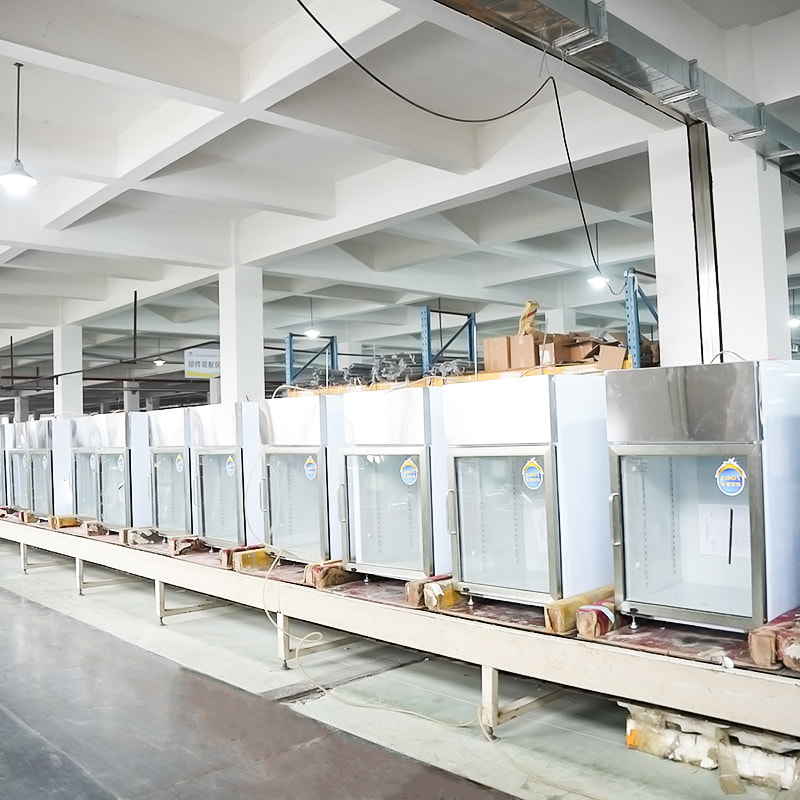
4. Efficient sealed door design
The refrigerator door is equipped with a high-strength magnetic sealing strip (mostly EPDM rubber material), which can fit the box tightly to prevent cold air leakage and external contaminants from entering. Some models also use a double-layer door seal design to further enhance the sealing performance.
5. Automatic defrosting and drainage system
Commercial refrigerators have built-in automatic defrosting programs to regularly remove frost on the evaporator to avoid reduced refrigeration efficiency or water accumulation and bacterial growth due to frost. At the same time, the drainage system is equipped with an anti-odor backflow device to prevent sewage from backflowing and contaminating food.
6. Design that is easy to clean and maintain
Rounded liner structure: reduces dead corners and is easy to wipe and clean;
Removable partitions and door frames: convenient for deep cleaning;
Bottom casters + lifting design: easy to clean ground stains and prevent pests from breeding;
High waterproof level (above IPX4): suitable for humid kitchen environments to prevent leakage or short circuits.
7. Comply with international food safety certifications
Mainstream brand commercial kitchen refrigerators usually pass a number of international certifications to ensure that the products meet the requirements of food safety and quality management systems, such as:
CE certification (European market access mark);
NSF certification (National Sanitation Foundation, dedicated to food service equipment);
HACCP compatible design (Hazard Analysis and Critical Control Point System);
ISO 22000 certification (Food Safety Management System);
RoHS certification (Restriction of Hazardous Substances);
These certifications not only enhance the credibility of the product, but also provide guarantees for corporate exports and compliance operations.
8. Insect and rodent-proof design
Some commercial refrigerators have a closed base or insect-proof baffle at the bottom to prevent cockroaches, rats, etc. from entering the equipment, thereby reducing the risk of cross-contamination.
The food safety protection measures of commercial kitchen refrigerators cover multiple levels such as material selection, temperature control, antibacterial treatment, sealing design, cleaning convenience and certification standards. These measures together build a safe, hygienic and controllable refrigeration environment, which helps prevent the occurrence of foodborne diseases and protect consumer health.
For catering companies, when purchasing commercial kitchen refrigerators, they should give priority to products with the above-mentioned safety features, and regularly clean, inspect and maintain them to ensure that they continue to play a role in ensuring food safety.


 English
English русский
русский Español
Español عربى
عربى

